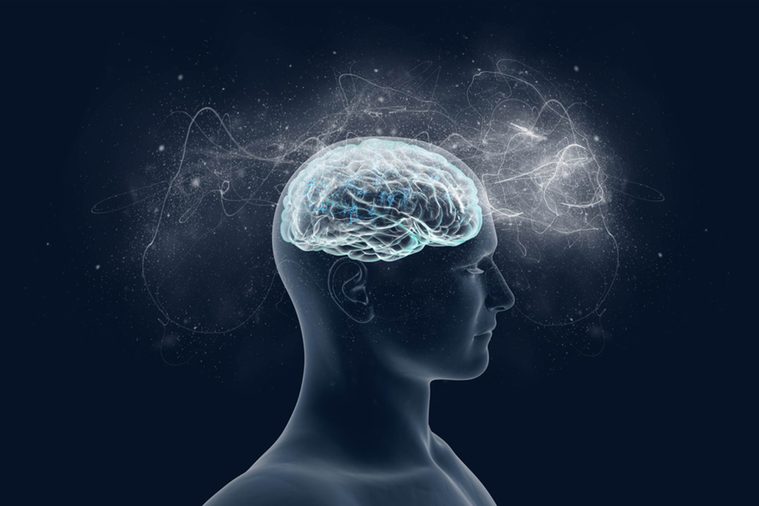This Is the Real Reason You’re Right- or Left-Brained—and It Has Nothing to Do with Creativity
Updated: Jul. 07, 2017
And no, righties don't have an advantage (unless it comes to holding scissors).

Your whole brain isn’t involved every time you tap your toe or scratch your nose. Instead, just part of it lights up—and each sits solidly in either the left or right side of your brain. Weirdly enough, the left side of your brain controls the right of your body and vice versa. For instance, the left side of your brain would tell your right hand to pick up a pencil. People tend to favor one side of their brain, which is why they’re either right- or left-handed.
A study in the journal Neuron explains why our brains like to stick with a certain side. For one thing, complex tasks take a lot of brainpower. So just like any good team, delegating tasks makes it easier to get everything done. Instead of overwhelming your whole brain with every task, each spot in the brain has its own jobs.
In general, the left side of the brain is more exact, while the right side deals with the big picture. For instance, you use the left side when solving a math problem, but your right side is at work when you put a name to a face. You can use both sides of your brain at the same time, making things more efficient.
When it comes to picking which hand—or more to the point, which side of the brain—you use, consistency is key. Assigning a task to one hand over and over gives your body more practice, so you can master a task faster. “By funneling this training to one hemisphere of our brains, we can become more proficient at that kind of dexterity,” study author Onur Güntürkün, PhD, behavioral neuroscience professor at Ruhr-University Bochum in Germany says in a statement. That could explain why only about 1 percent of the population is ambidextrous. A gene mutation is probably responsible for the 10 percent who are lefties, according to a study in Molecular Psychiatry. (Check out these 5 myths about left-handed people.)
Ultrasounds have shown babies start favoring their right or left even before they’re born. By playing around with zebrafish embryos’ genes, researchers could change their right-left behaviors as adults.
There could be more to handedness than the brain, though. One study in the journal eLife suggests the spine is actually originally responsible for hand choice. Fetuses show hand preference around week eight—before the part of the brain in charge of movement connects to the spinal cord. By that time, though, the spine already shows right-left differences. The study authors say this probably has to do with environmental factors in the womb, not genetics. Twins don’t necessarily use the same hand, either, which supports the idea that genes aren’t behind handedness.
No matter what makes the brain prefer one side, though, studying the differences could help improve mental health. “There are almost no disorders of the human brain that are not linked to brain asymmetries,” says Dr. Güntürkün in a statement. “We can make a great leap to see how brain wiring early in the developmental process may go wrong in these pathological cases.”
MORE: 10 Myths About Mental Health that Need to Be Set Straight Right Now












